Collection and Sortation for the (New?) Highest Value
October 4, 2023
Listen to my voiceover here.
I’ve written recently about the momentum and advancements of technology for textile sorting and advanced recycling, and today I want to talk more about the role of collectors and sorters who create the conditions for those advancements to thrive. These collectors and sorters include charitable organizations like Goodwill and The Salvation Army, as well as entities like Wearable Collections, Green Tree Textiles, I:CO/Soex, and Bank&Vogue.
These collectors and sorters are tackling the post-consumer waste piece of the fashion circular economy - which, let’s remind ourselves, is a 17 million tons issue in the US annually. They gather unwanted clothes, accessories and shoes from donation bins, farmers markets, thrift stores and various other sources. (FYI most thrift stores only keep and sell a fraction of what they receive; the rest they pass on to collectors and sorters.) The collectors take all of these goods, sort them for their highest value (which is ever-evolving), bale them up into large quantities and sell them.
Some of these categories are:
resale in global second hand markets (selling higher quality items to other countries who import them for their second hand clothing markets)
I learned that there are two sub categories here for my fellow thrifting nerds: “credential” and “thrift”. Credential means that it came from a consumer directly and no one has sorted through it. Credential has a higher value per pound (because the valuable items haven’t been sorted out.) Thrift means that it's been sorted by someone, so you’re getting what they didn’t want.
cotton-rich textiles to be used for rags (cotton items are cut into rag-sized pieces to be used for cleaning purposes)
Additional context from Marisa Adler, textile recycling expert: Using reclaimed textile to create wiping cloths also offsets new production for wiping cloths, whether that’s new cotton or paper-based wiping cloths. If we cut off supply of used clothing for wiping cloths, it will be replaced with virgin materials. Also, used wipers from certain industries may be able to be recovered and recycled.
materials sorted by content (all cotton, all wool) to be used for textile recycling to make new textiles
mixed textiles that will be shredded and turned into insulation and padding
mixed textiles that will be incinerated for energy capture
mixed textiles that will be landfilled, most likely in other countries
The post-consumer textile collection and sortation industry has been operating in the US for decades and has had a fairly set way of operating, but with the growth of the resale and textile recycling sectors, these ways are beginning to change.
Today I want to focus on one such change-maker, Helpsy.
Helpsy
Helpsy is run by three co-founder friends, Dan Green, David Milliner, and Alex Husted. I met Dan and a contingent of the Helpsy team recently and was truly impressed by their stated values, spelled out below.
#1 Clothes Aren’t Trash
#2 Living Wages
They are one of the largest collectors of unwanted textiles in the United States. They collected 31 million pounds in 2022 and operate in 10 states with over 1,200 donation locations. They take in about two tractor-trailers worth of clothes every day.
In 2022 when Massachusetts banned textiles in their waste stream, a dozen municipalities partnered with Helpsy to offer over 200 clothing recovery options, and it has been an incredible boom for Helpsy’s business, as you can imagine. It’s not hard to imagine that similar laws could be passed in other states like California, Washington, New York, Vermont, etc.
Consumer Habits
With their collection processes, Helpsy is tapping into the needs of individuals on a wide, easy ask, aka “drop anything off at our bins and we will sort it all and it won’t end up in landfill”. Many individuals aren’t interested in selling their items and just want to dispose of them responsibly and easily. Helpsy (and other similar collectors) provides a reliable and convenient way to dispose of them while not contributing to landfill. (This is also related to the behavior that ThredUp trades on as customers send in a bag full of unwanted items instead of sorting for specific brands. The difference with ThredUp is the customer pays a $15 processing fee and has to send it themselves, but they they will also receive payouts for items that sell.)
Dan Green + Values
Helpsy’s CEO Dan Green seems almost obsessed with the ideas of meaningful work, living wages and fair pay. He and his co-founders have organized the company so that all 144 employees make a livable and good salary. For example, the majority of their full-time truck drivers make $65-$75k per year. Employees also automatically become shareholders, something I experienced at EILEEN FISHER, Inc which remains one of my all-time favorite things about working there. Helpsy is a B Corp and a Public Benefit Corp, which together basically mean that the company is doing mission-based work that benefits its employees, and they want it to remain that way for as long as the company exists. These are important steps for mission-driven companies in all industries to take if we want to harness the power of business for good and not just profit (at the expense of individuals).
I believe that Helpsy is made stronger by the dual-purpose environmental and social mission. I’ve also seen more companies popping up that have multiple business-for-good missions, like United Repair Centre, but that’s a conversation for another day.
Hot Take: Sorting by Brand vs. Category
Most existing US post-consumer textile sorting operations sort by category: kids, mens, womens, and then further sort by classification: jeans, dresses, etc. Helpsy redefined their sorting hierarchy and put brand at the top followed by material. While brand doesn’t tell you what something is made of, it does help assign value for the reuse economy in a very different and more modern way. How do we all shop for our second hand garments? Usually by brand, or at least I do because I know the fit and the quality. Here in the US our brands are familiar and we assign an emotional value immediately when we hear or see a brand name, and thats’ what Helpsy is trading on.
By making brand the key sorting factor, Helpsy is actually helping facilitate the US resale market. They have built an app to sort by brand, which I tested out myself and it is super easy to use. It is a slower process than other sorting technologies like Sortile, but Helpsy believes it uncovers more value. They only use this technology for their high-quality volume which is about 10% of their total volume and comes from sources like consignment stores and brand damages. They use ever-growing data of all brands’ resale prices to assign value to the products in their warehouses.
Of the items that we sorted in September 50% did not not pass the resale test (brand/condition) and were baled as thrift, 7.35% were "unknown brands" which means that our system hasn't learned those brands yet or there were no labels on the garments, the other nearly 43% passed the resale brand and condition test. - Lisa Sciannella, Chief of Staff at Helpsy
So, of the 10% of the items they sort by hand, about 43% of them are a good enough brand and good enough condition to resell.
The vast majority of the clothing that Helpsy collects is sold either as credential or thrift (in bales by the trailer load, which is approximately 40,000 lbs). Their bulk customers are sorters, graders or businesses that have their own thrift stores. Helpsy has assorted ways of receiving material and also selling material, like most collectors and sorters.
Expanded Offerings
Helpsy is actively responding to the evolution of the post-consumer textile market, especially the increased focus on resale and returns, which is why they have a really wide range of offerings and services beyond their basic service of collecting, some of which surprised me (see below).
Receive, inspect and sell single-sku* returns and damages. (This is what surprised me as I am not aware of any other post-consumer collectors and sorters who also take returns from brands.)
*single-sku basically means the item is treated as one-of-a-kind, not one of a thousandCollect and inspect for take-back programs, and share data back to brand/program owner.
List and sell items (with potential compensation to brands) to brand-approved sales channels and demographics (geography, volume, types of customers) with transparency and reporting.
Send low-grade items for recycling (and by material composition if desired).
Report on items collected from consumers including material composition, resale value, brand, condition.
Sell high quality items to independent resellers (online resellers as well as brick and mortar thrift and vintage stores).
By expanding their service offering, Helpsy is acting as hybrid of a collection/sorting warehouse AND a resale sorter and fulfillment partner. In the past, these have been very distinct operations, but Helpsy is blurring the lines, and I personally love to see the innovation because it can help propel change in the industry.
I was heartened by my visit with the Helpsy team. The group I met seem genuinely committed to the challenge that is post-consumer textiles while also holding steadfast to using the business a means to employ as many people as possible at livable salaries. My inspiration from this visit continues into next week’s newsletter where I’ll talk about the post-consumer textile eco system and the role brands can/might/should play.
New Podcast Alert: Hyperlocal Reuse with Lisa Goldsand
I’m such a fan of what Lisa is doing with reuse in her local community and we had a fun conversation with her recently. Please have a listen to a great example of one person just going for it.


